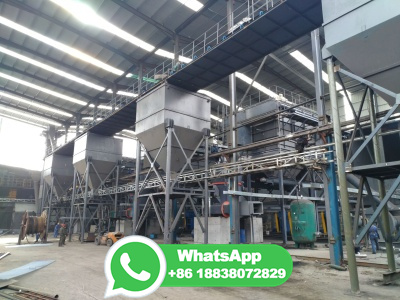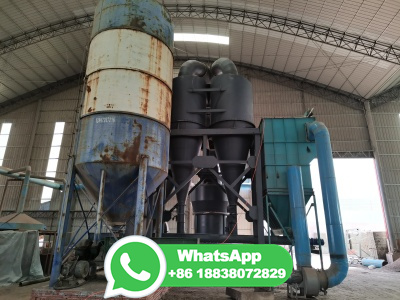Solar Energy
WEBApr 3, 2024 · Solar energy is any type of energy generated by the sun. Solar energy is created by nuclear fusion that takes place in the sun. Fusion occurs when protons of hydrogen atoms violently collide in the sun's core and fuse to create a helium atom. This process, known as a PP (protonproton) chain reaction, emits an enormous amount of .























